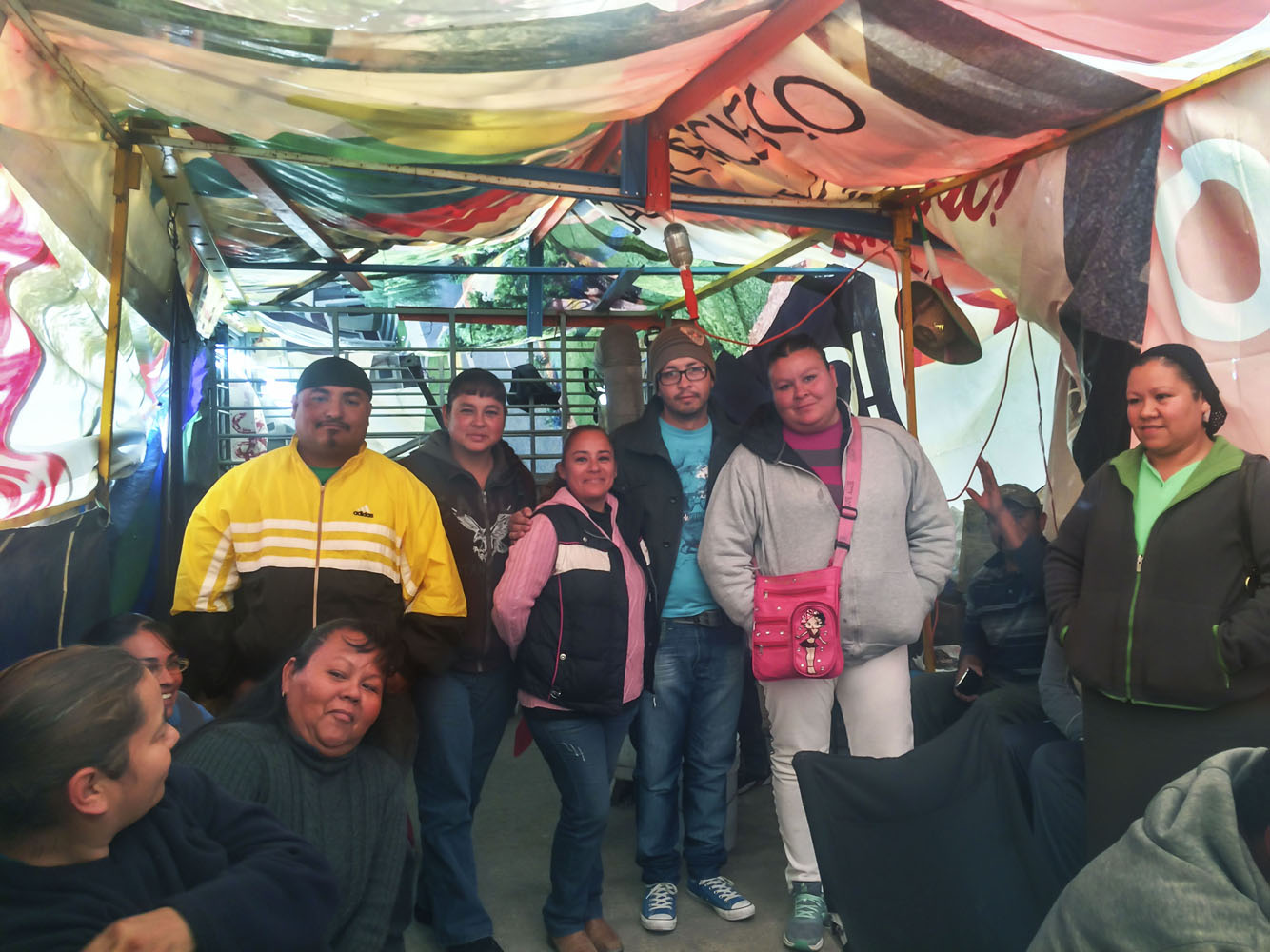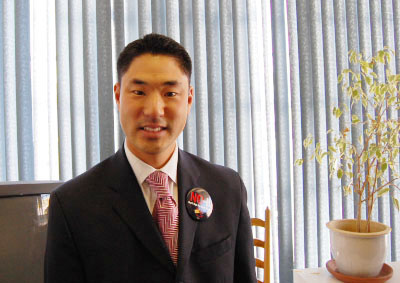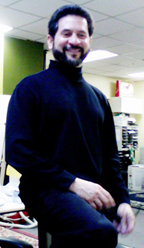Most of Puerto Rico’s bond debt had fraudulent credit ratings
by Caribbean News Now contributor
SAN JUAN, Puerto Rico — A special commission looking into allegations of fraud by the financially troubled Puerto Rico Electric Power Authority (PREPA) has turned over its findings to US federal authorities for further investigation, the majority leader of the island’s Senate said on Monday, the Associated Press reported.
Officials with the US attorney’s office and the FBI spent two days last week picking up material gathered by the special Senate commission in its investigation of the electric utility, Senator Anibal Jose Torres said.
Earlier, the commission had submitted its findings to the island’s Justice Department.
The special Senate investigative commission has been looking into allegations that the utility overcharged customers by hundreds of millions of dollars while amassing billions in debt in recent years. Utility officials appearing before the commission denied wrongdoing.
The commission, which has entered the final evidence-gathering stage of its investigation, has found “sufficient information to refer to other branches of local and federal government,” Torres said in a statement.
On June 24, 2015, the Small and Medium Businesses, Commerce, Industry and Telecommunications Commission of the Puerto Rico House of Representatives, issued a 23-page legislative report outlining how government officials in Puerto Rico conspired with Wall Street firms to commit $11 billion dollars in financial fraud.
According to the report, PREPA paid previous bondholders with capital received from new investors, which is the classic hallmark of a Ponzi scheme.
“Noteworthy is the fact that the aforementioned took place in the face of the credit houses, whom, knowing this, and therefore PRPA’s technical insolvency, allowed this public corporation, and thus the people of Puerto Rico, to continue running into debt,” the report said.
The Commission recommended last year that the report be forwarded to the US Justice Department and the Securities Exchange Commission (SEC) for corresponding action, however, Monday’s announcement is the first indication that the FBI and the US attorney’s office have taken an interest in the allegations.
Last month, a US District Judge overseeing a class-action lawsuit against PREPA and the world’s largest fuel oil suppliers for perpetuating an extensive fuel oil fraud has upheld claims that the defendants violated the Racketeer Influenced and Corrupt Organizations Act (RICO) and denied motions to dismiss the suit, allowing RICO claims to continue against PREPA, Shell Oil, Petrobras, Alchem and various other laboratories and fuel oil suppliers.
In the original RICO complaint, filed Feb. 24, 2015, in the US District Court for the District of Puerto Rico, Puerto Rico residents and businesses accused PREPA and 20 defendants of perpetuating an extensive fuel oil fraud, resulting in users of electricity in Puerto Rico being overcharged by more than $1 billion dollars for electricity since 2002.
The suit states the defendants received kickbacks and payments for colluding to raise fuel oil prices that were directly passed to users of electricity, by agreeing to use non-compliant fuel oil and falsifying lab tests.
This is, however, a civil claim and questions have been raised as to the apparent failure of the local FBI office and the US attorney in Puerto Rico to pursue any investigation into these allegations.
Group urges removal of “alien” provision from appropriations legislation
On Monday, May 16, Congressman Joaquín Castro (TX-20), Second Vice Chair of the Congressional Hispanic Caucus (CHC), led a letter to the House Appropriations Committee, urging them to strike a provision from the FY2017 Legislative Branch Appropriations bill that would require the Library of Congress to use the terms “aliens” and “illegal aliens” in its subject headings.
In March, the Library of Congress decided to replace the term “aliens” in its subject headings with “noncitizens,” and to replace the term “illegal alien” with “non-citizens” and “unauthorized immigration.” The Tri-Caucus – comprised of the Congressional Hispanic Caucus (CHC), the Congressional Asian Pacific American Caucus (CAPAC), and the Congressional Black Caucus (CBC) – also signed the letter.










